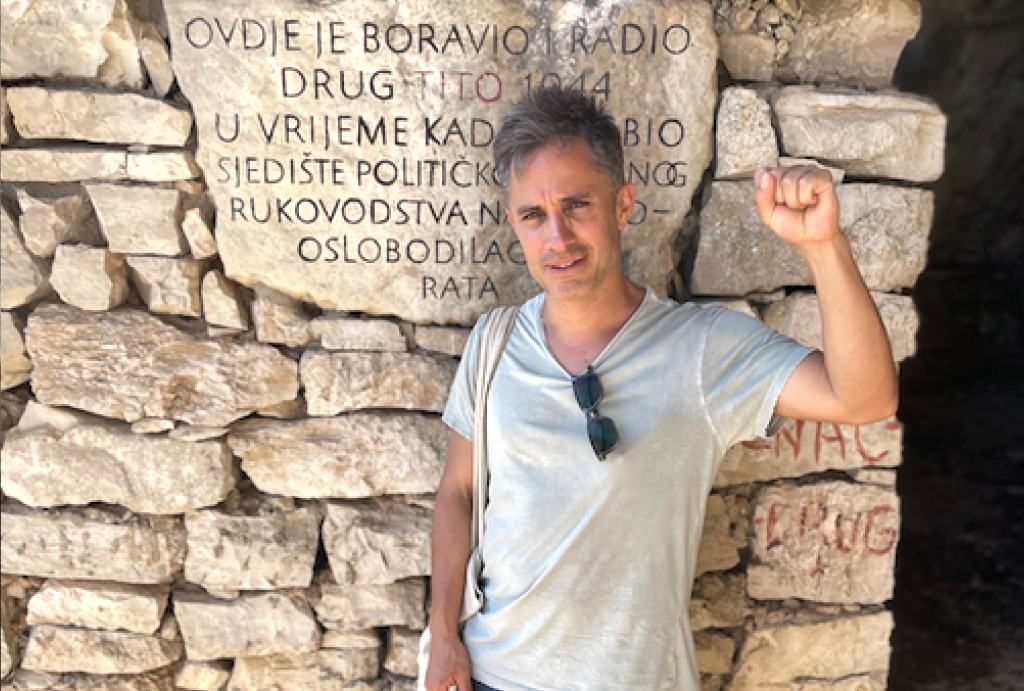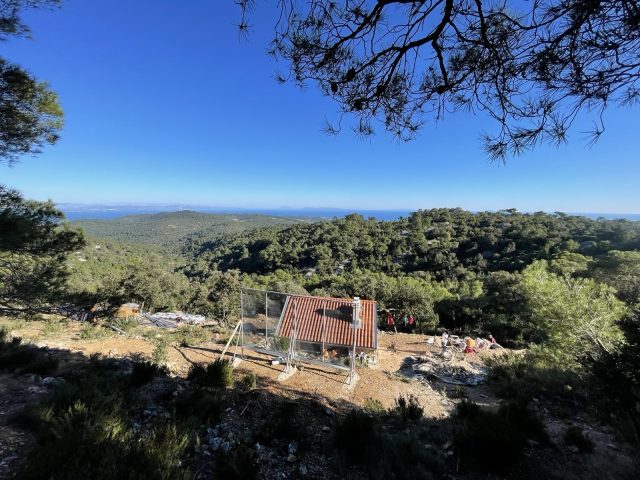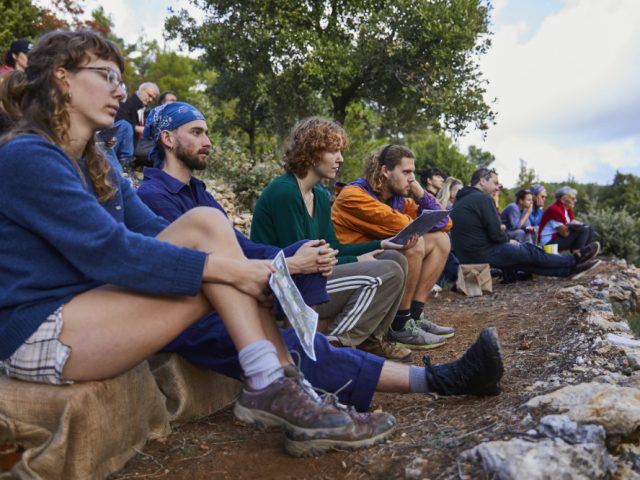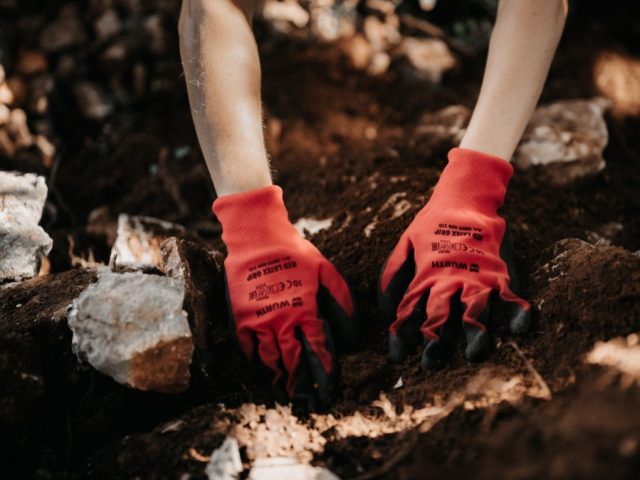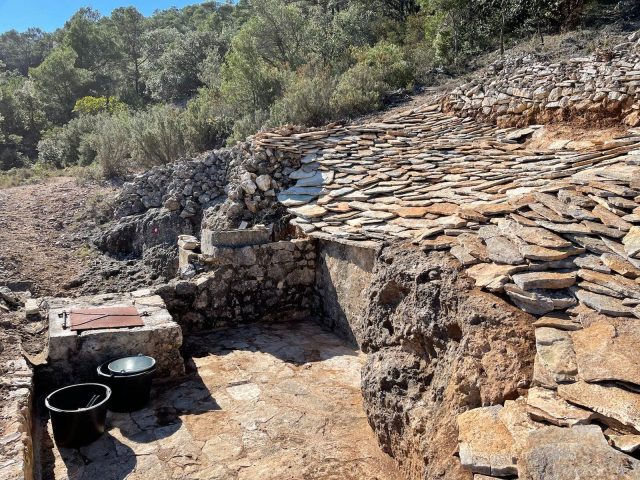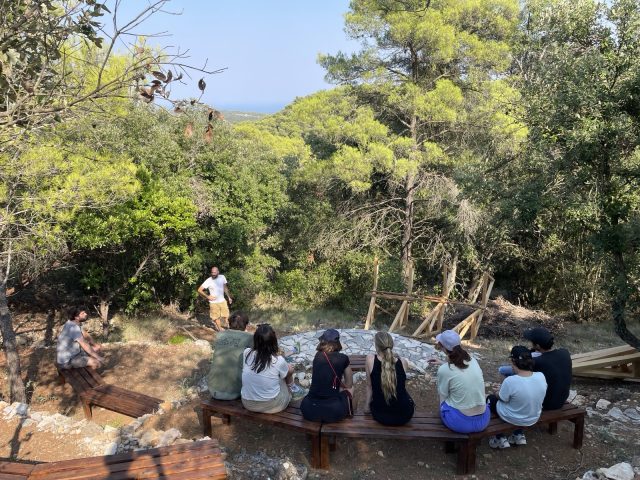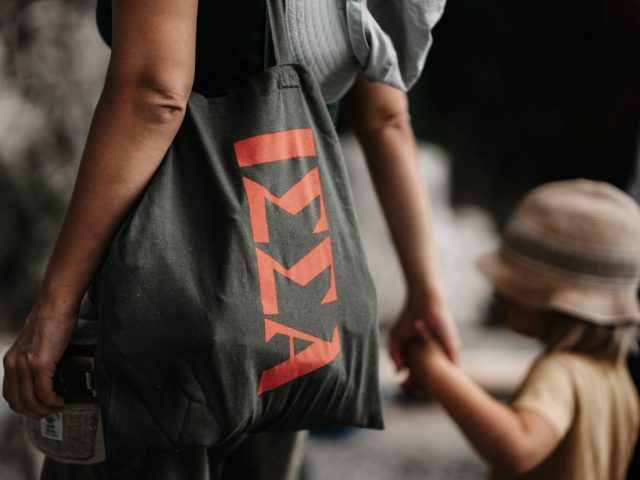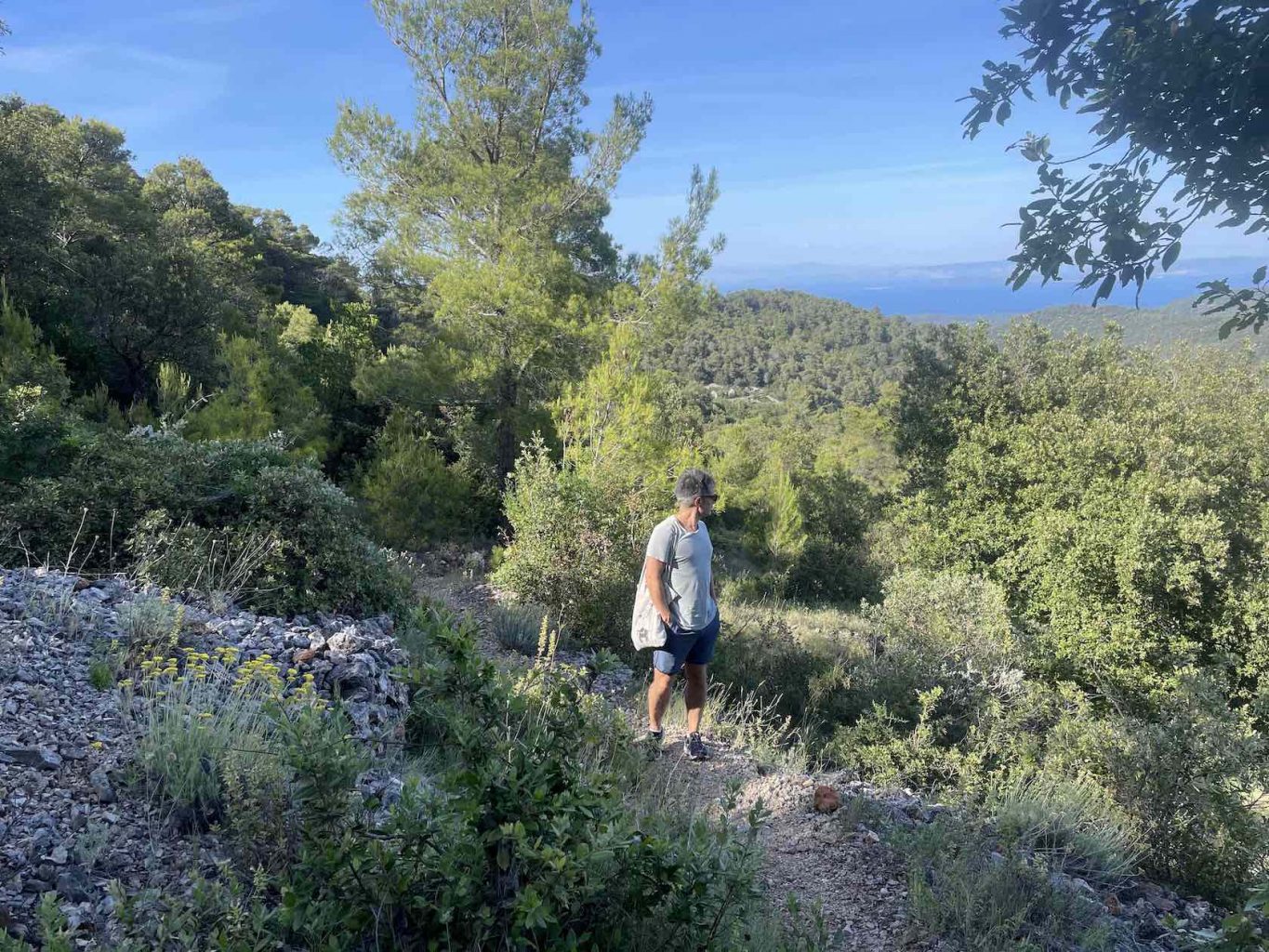
In mid-June, one of the co-founders of ISSA and our dear friend, Mexican actor and activist Gael García Bernal, visited the island for the first time, as well as the place where we are creating a school together.
As per usual, we started with physical work, carrying what, at this point, seems like an endless amount of materials for the reconstruction of the old stone house. We started a month ago, and it’s obviously a process that will take us months since we decided we don’t want to disturb the nature on the little bootleg trail that leads to the house. We’re carrying around 450 sandbags up the hill by ourselves. And they each weigh around 30 kilograms. So, naturally, Gael decided to lend a hand.

Later, we chilled in front of the future school, which was in a sense already working.
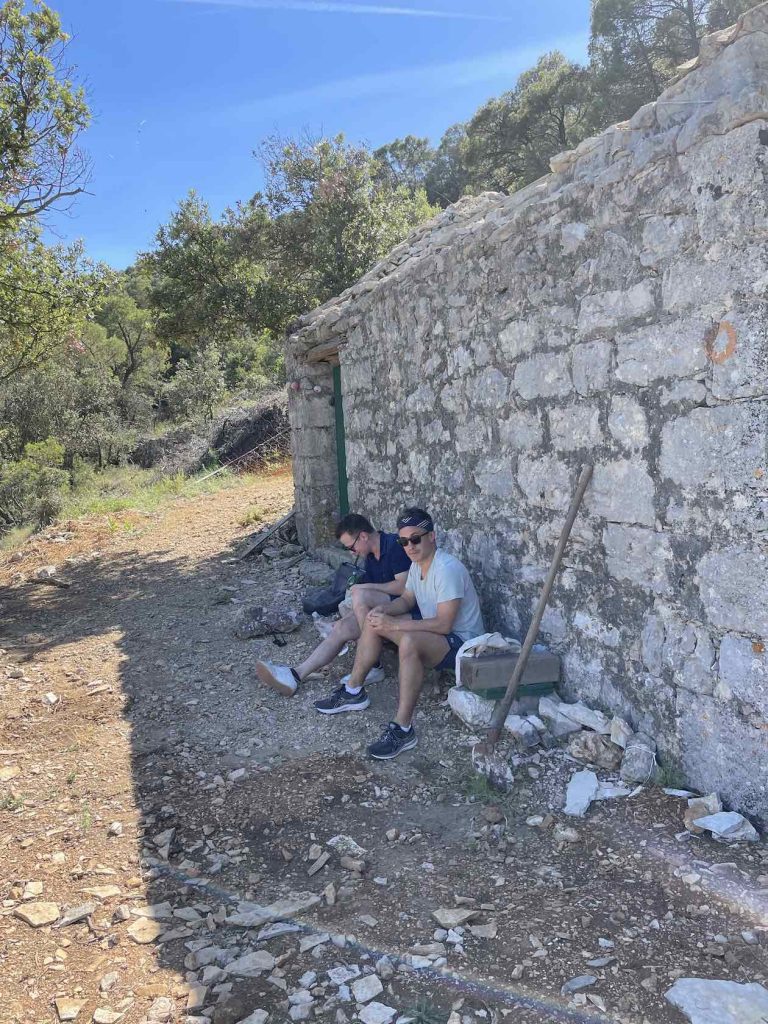
We talked about Che and the yacht named Granma, which took the Cuban revolutionaries from Mexico to Cuba, and how important Mexico was at that time and in many periods of history as a sort of melting pot of revolutions, arts, and dreams. Then we visited the historic place from where Tito led the antifascist struggle in June of 1944.

Tito and Che (whom Gael embodied so convincingly and with such passion in the movie The Motorcycle Diaries) would meet in 1959 on the island of Brijuni. When the Cuban Revolution of 1959 ended with Castro’s victory, Yugoslavia was one of the first countries to recognize the new socialist government. That same year, the first diplomatic visit, called the Goodwill Delegation, followed, when a delegation of Cuban revolutionaries stayed in Yugoslavia for ten days, from August 12th to 21st. They visited Belgrade, Avala, Kragujevac, Sarajevo, Jablanica, Konjic, Rijeka, Opatija, Ljubljana, Postojna, and Maribor.
They also paid a visit to the Yugoslav president, Josip Broz Tito, in his summer residence on the Brioni Islands on August 18th, 1959. According to the transcripts that were only recently published, Che stressed at the meeting with Josip Broz Tito, “We came to Yugoslavia to see your experience and to learn about it in the best possible way.”
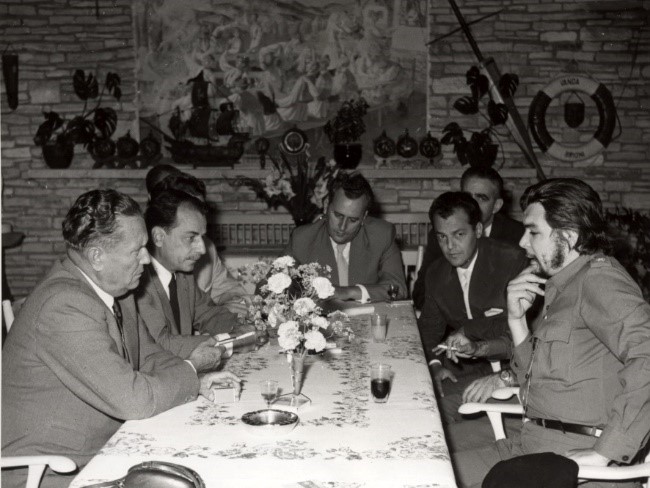
In a similar manner, we also decided to learn in the best possible way – to learn in person, to learn from Mexico, from Gael’s visit to Vis, and from our common histories and futures. Fascism is on the rise all over the world again, but we’re coming together to pay a tribute to our antifascist legacy and build something better, aware of both the positive and negative sides of the past emancipatory projects and searching for their unfulfilled potentialities. Or as Walter Benjamin said in his Theses on the Philosophy of History: “Only that historian will have the gift of fanning the spark of hope in the past who is firmly convinced that even the dead will not be safe from the enemy if he wins.” “And this enemy has not ceased to be victorious.”
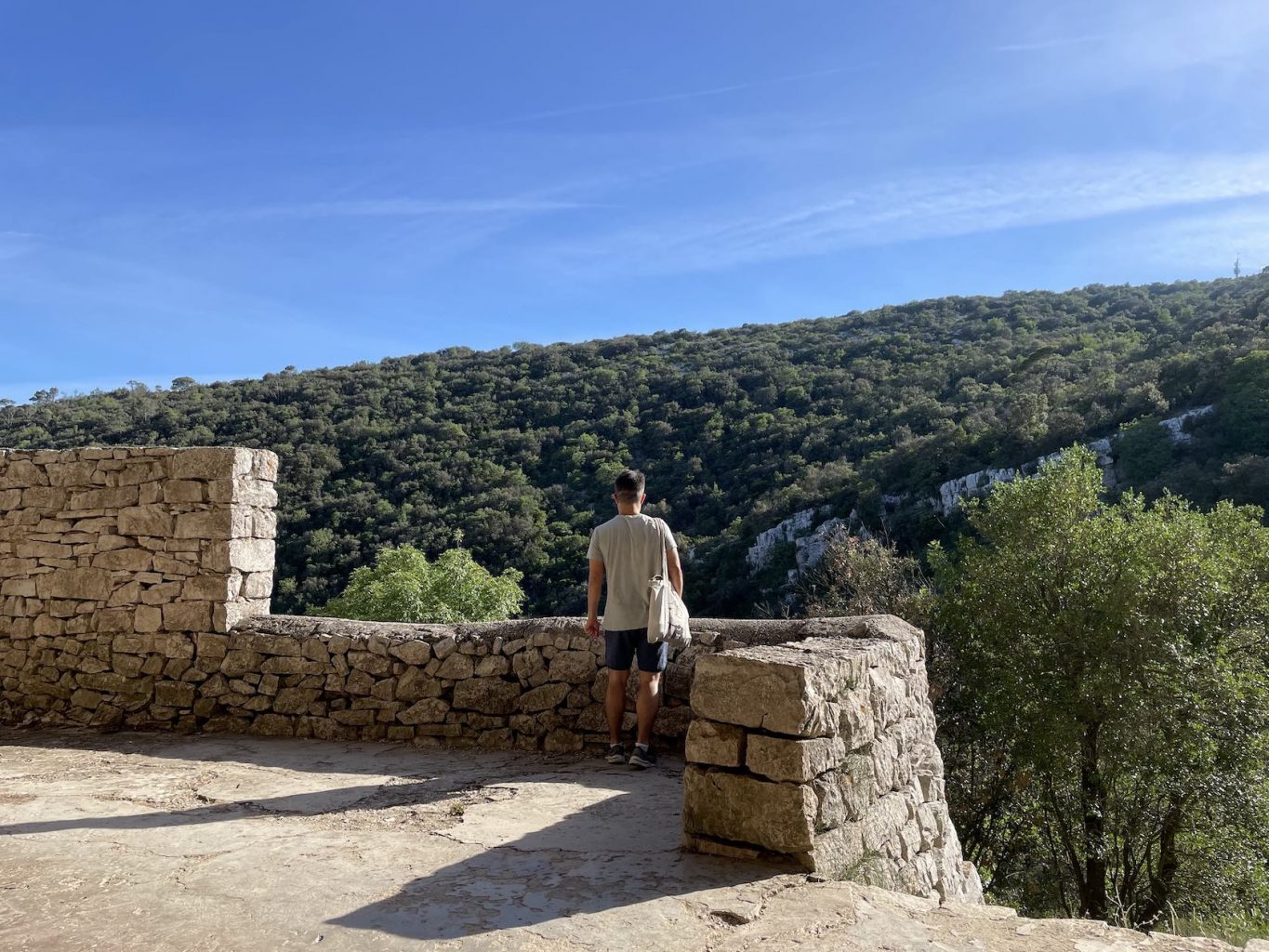
After a short stay at ISSA, we made our way back to the mainland on our favorite ferry, Petar Hektorović.
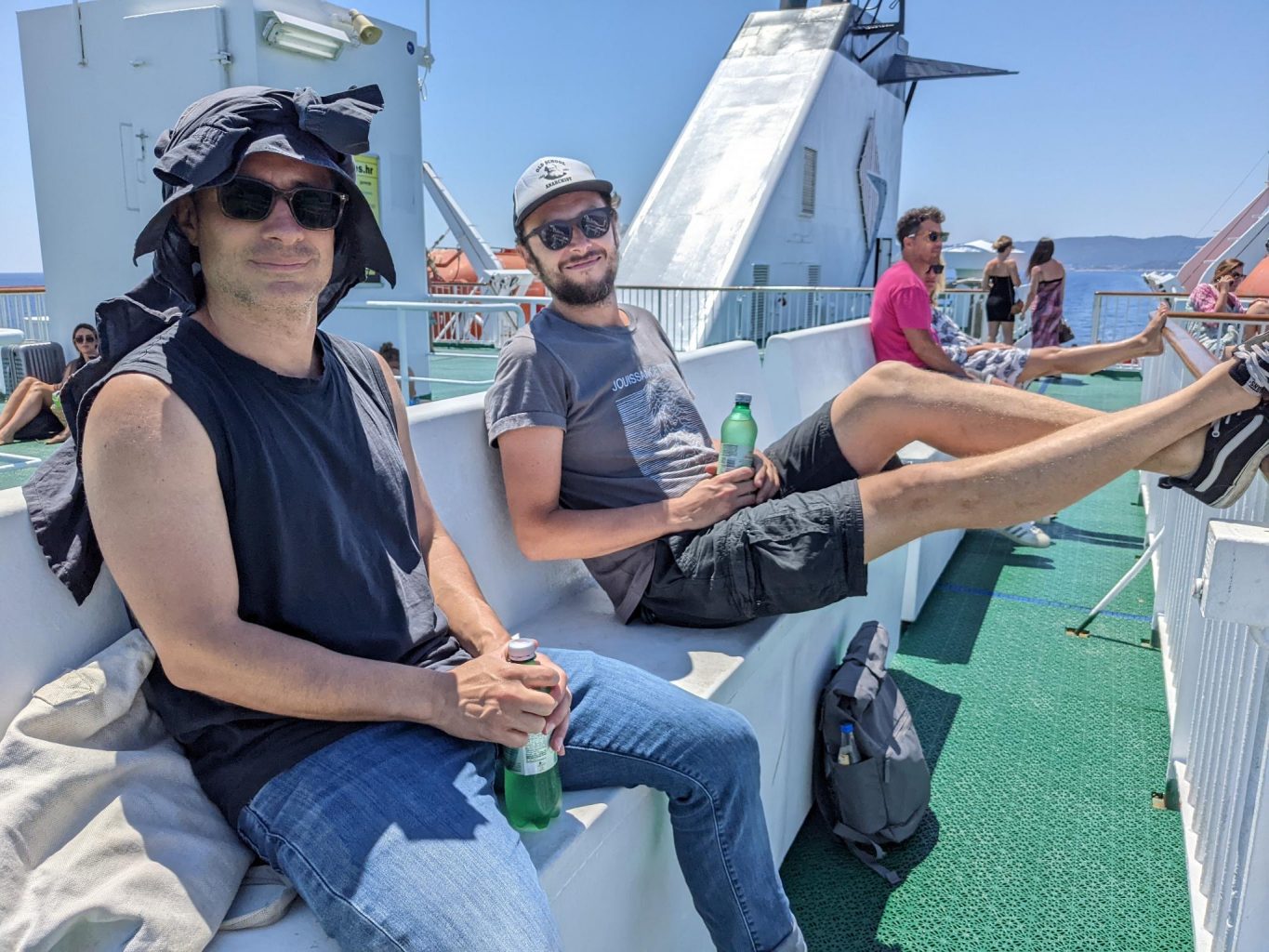
After a long trip from the island to Zagreb, we finally made it for the Philosophical Theater that was taking place at the Croatian National Theater to speak about Gael’s work, which is a continuation of a talk that Gael Garcia Bernal and Srećko Horvat had in Guadalajara, Mexico, the year before. You can watch or listen to the conversation on the link below.
